selection suggestions for home trees
belle_phoebe
12 years ago
Related Stories

HOUZZ TOURSHouzz Tour: Nature Suggests a Toronto Home’s Palette
Birch forests and rocks inspire the colors and materials of a Canadian designer’s townhouse space
Full Story
ROOFSWhat to Know Before Selecting Your Home’s Roofing Material
Understanding the various roofing options can help you make an informed choice
Full Story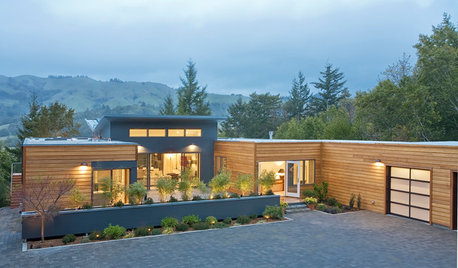
GREEN BUILDINGEfficient Architecture Suggests a New Future for Design
Homes that pay attention to efficient construction, square footage and finishes are paving the way for fresh aesthetic potential
Full Story
GARDENING GUIDESHow to Keep Your Trees Healthy
Ensure your trees’ vigor for years to come with these tips for protecting roots, watering effectively and more
Full Story
COLORSpeed-Dial Color Selection to Get the Best Result
You’ve belabored your color decisions and are still stuck. Here is how to evaluate your space and make choices that are right for you
Full Story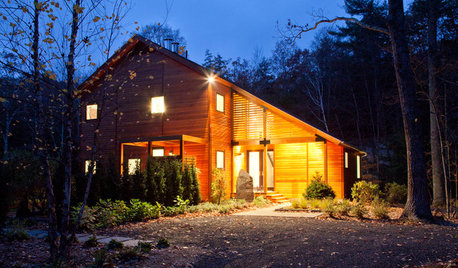
CONTEMPORARY HOMESHouzz Tour: Strong, Modern Lines Stand Up to the Trees
Modernism takes kindly to the New York woods, with double-height ceilings for openness and a burbling creek for music
Full Story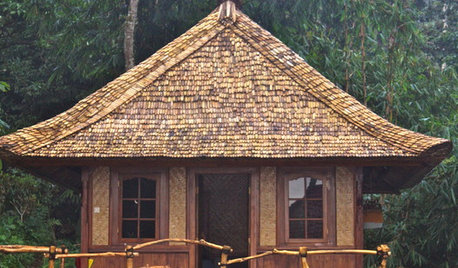
Pro Corner: Selecting a Style for the Photos in Your Projects
Learn the key architectural and decor features to look for when categorizing your photos by design style
Full Story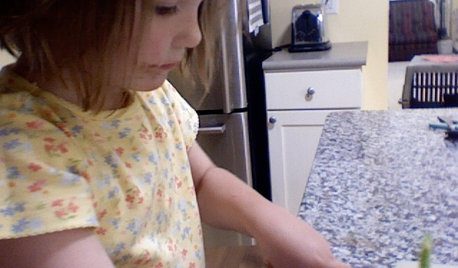
LIFEInviting Kids Into the Kitchen: Suggestions for Nurturing Cooks
Imagine a day when your child whips up dinner instead of complaining about it. You can make it happen with this wisdom
Full Story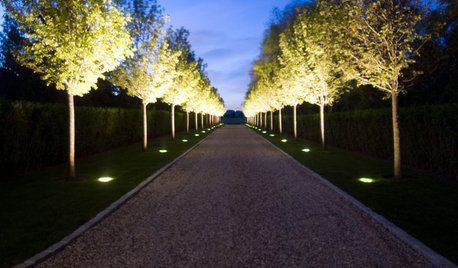
LANDSCAPE DESIGN6 Suggestions for Harmonious Hardscaping
Help a sidewalk, driveway or path flow with your garden design, for a cohesive and pleasing look
Full Story
EDIBLE GARDENSHow to Grow 10 Favorite Fruit Trees at Home
Plant a mini orchard in fall, winter or early spring to enjoy fresh-off-the-tree fruit the following year
Full Story






ramble
marknmt
Related Professionals
Taylorsville Landscape Architects & Landscape Designers · West Chester Landscape Architects & Landscape Designers · Billerica Landscape Contractors · Bedford Landscape Contractors · Broadlands Landscape Contractors · Brockton Landscape Contractors · Camp Verde Landscape Contractors · Cudahy Landscape Contractors · Elmhurst Landscape Contractors · Federal Way Landscape Contractors · Lynwood Landscape Contractors · Rockwall Landscape Contractors · Vermilion Landscape Contractors · Eastlake Landscape Contractors · Baileys Crossroads Landscape Contractorsbelle_phoebeOriginal Author
olpea
franktank232
bennylafleur
swvirginiadave
belle_phoebeOriginal Author
lukeott
iammarcus
glib
andrewjohnson